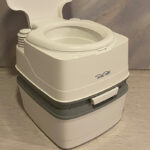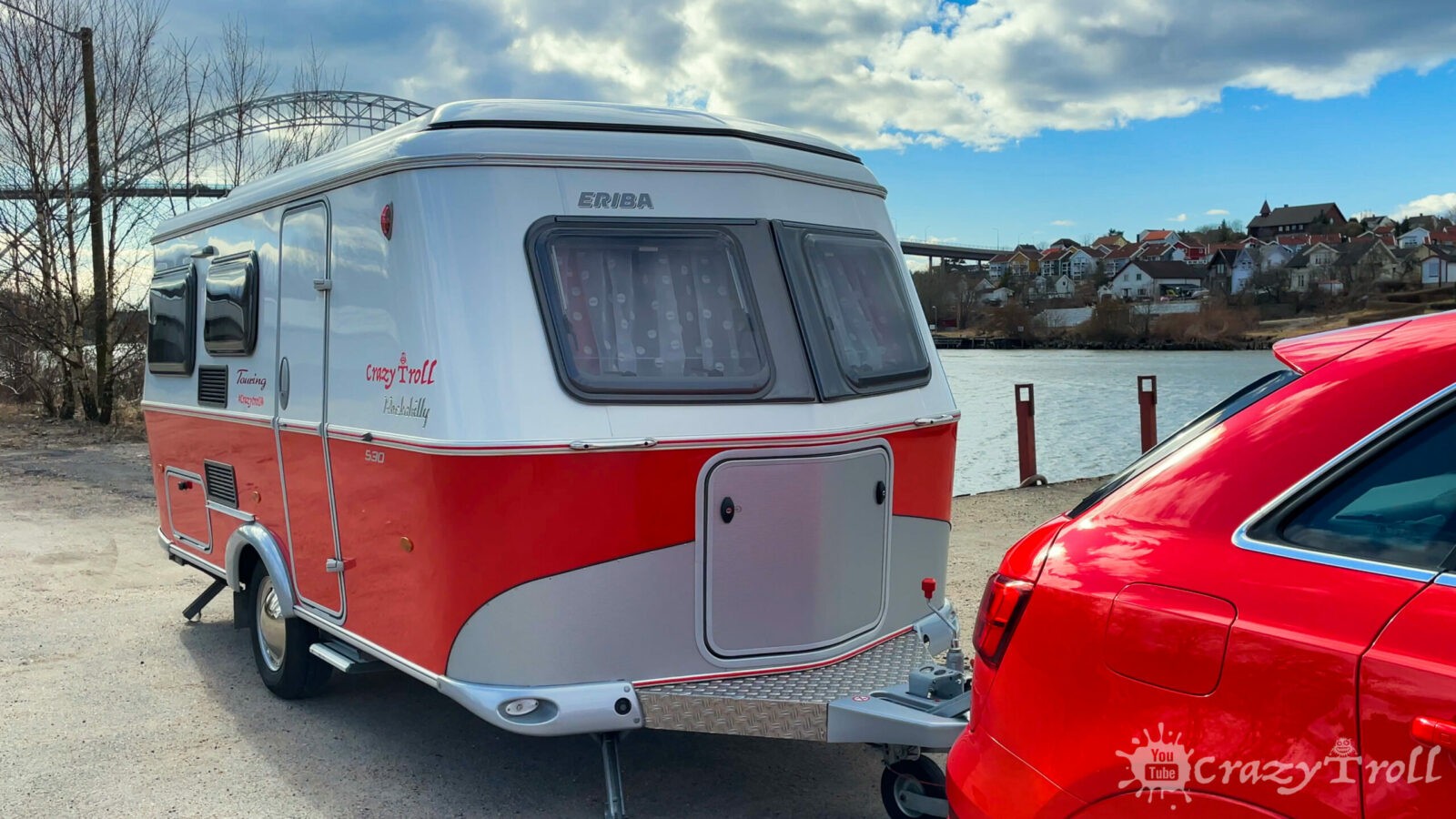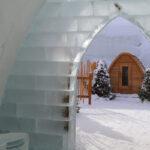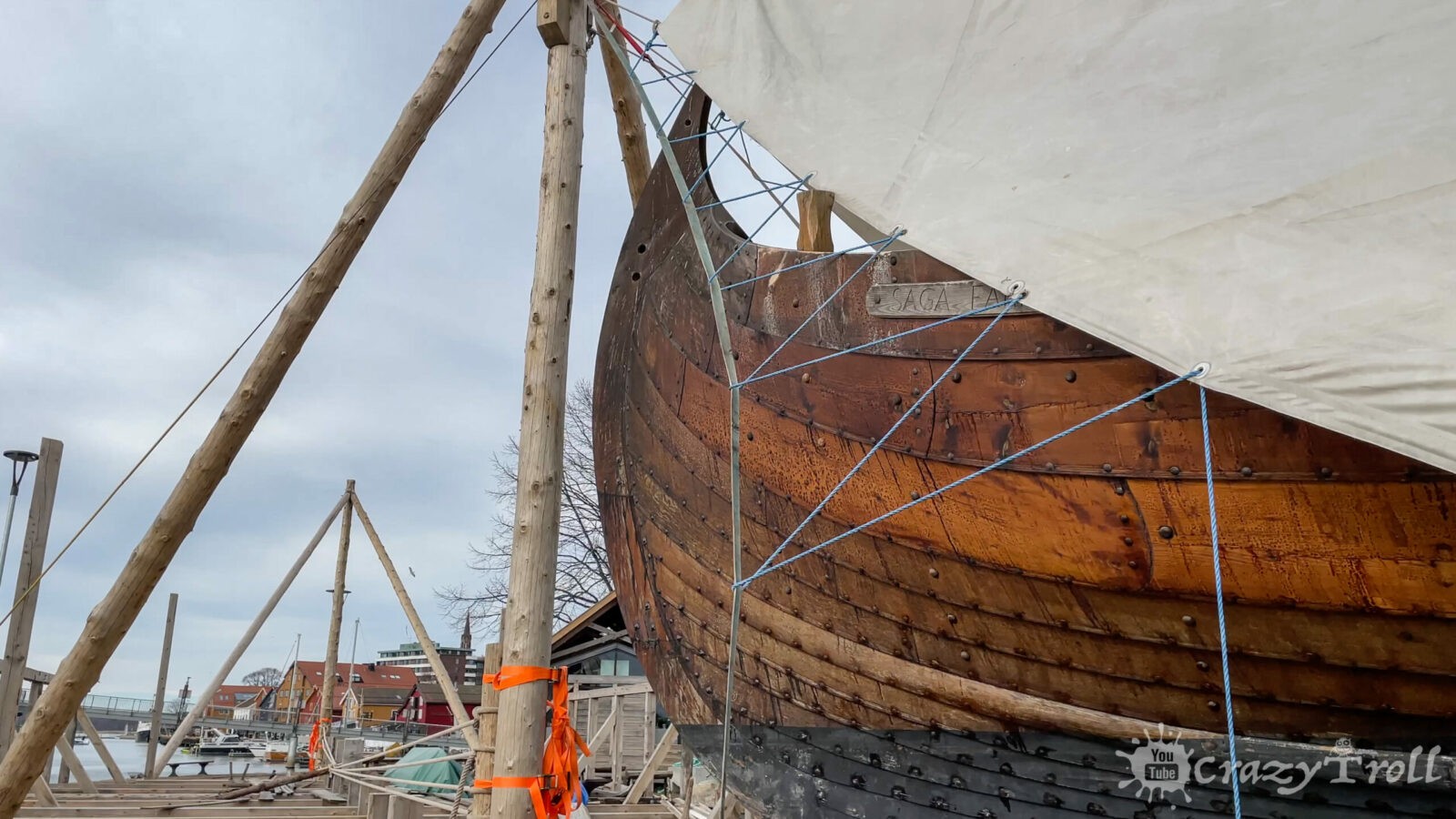Recreational vehicles (RV) play an important role while traveling. Travelers use part of or the whole vehicle for recreation and its walls are modified to look like a typical living area. A recreational vehicle is ideal for long-distance travel and camping.
RV walls are made of wooden materials such as plywood, wood paneling, and medium-density fiberboard. This wooden material is a poor conductor of heat and therefore possesses insulation properties. Plastic can also be used in place of wood because of insulation and aesthetic property.

There are many factors to consider before choosing the right material for an RV. This post highlights different materials for interior wall options and what to consider before choosing one.
Rv Interior Wall Panels
Plywood and MDF (medium density fiber) are the best materials for interior paneling. The interior walls and ceiling sometimes get infested by molds caused by moisture and should therefore be replaced periodically. The use of thin strips of wood or plastic adds an aesthetic touch to damaged interiors and ceilings.
The wooden material to use for paneling should be light and free of moisture to minimize mold infestation and unpleasant musty smell. Light and dry plywood or plastic is easier to fix and decorate
The warmth from the woods and plastic makes the living partition comfier and easier to clean and paint. Chipboards, polyvinyl chloride, gypsum boards, and natural wood are some of the materials used in the paneling.
Do RV Walls Have Insulation?
The interior of the RV has to be as warm as possible. To keep the inside warm, insulation minimizes heat loss through the metallic body of the vehicle to the outside. To achieve this, the interior walls are fitted with insulation material between the interior wall and the body of the vehicle.
The common materials used for insulation include fiberglass, spray foam, and foam panels. These materials trap air between the wall material and the external body of the vehicle. Doors and windows should also be maintained to minimize heat loss in the following ways.
- Seal any holes and cracks on the windows to prevent the entry of cold air.
- Add a plastic insulation film on the edges of the doors and windows to prevent the entry of cold air.
- Make the surfaces of the wall, doors, and windows reflective to ensure minimal heat loss to the outside.
- Repair and replace broken window seals to block the passageway of cold wear.
How are Rv Walls Attached?
The process of attaching RV walls to the main wall takes place in two simple steps. The first step involves attaching the insulation material to the main wall of the vehicle. The insulation material such as foam glass is attached to the external wall using heat and glue. Once stuck, the interior wall is fitted on the insulation material ensuring there is no air between the two layers.
To add an aesthetic touch to the interior wall, it is laminated with plywood or aluminum.
Are There Studs in RV Walls?
Studs play an essential role in keeping walls stable and in firm support. Like normal walls, RV walls have studs to reinforce them. The difference between the two walls is that a normal wall has studs placed at regular intervals and can be traced easily; they determine the stability of the wall.
Studs on the RV are not fixed at regular intervals and are concealed by the insulation material.
Can You Paint Interior Walls of an RV?
Whether to paint the interior wall of an RV depends on the material used. All wooden materials can be painted but plastic cannot. Since most of the walls are wooden, from plywood, vinyl, chipboards, and gypsum boards, you can paint them.
Not all surfaces in the interior are painted. Some are smooth and non-stick to paint and therefore when painting you should go for rough surfaces.
The best paint to use for the interior of an RV is Latex paint (oil paint) because you don’t need to apply an undercoat on the surfaces before making the outer coating. This will save you the double work of painting twice. Also, latex is durable.
Can You Wallpaper RV Walls?
Wallpapers are a cheaper and more convenient option for improving the interior décor of RV walls. Unlike paints, sticking a wallpaper requires less time and you are free to go for a single or multi-colored wallpaper.
The type of paper you use depends on the area. For the living area, any paper is suitable because the walls are not exposed to wetness. The kitchen and bathroom walls are prone to a lot of moisture and therefore can only be covered with water-resistant papers.
A peel and stick wallpaper is ideal for kitchen walls and bathroom walls since it is water-resistant.
Before sticking the papers on the wall, ensure the walls are clean to avoid unnecessary folds and peeling back of the paper after sticking on the walls. Some wallpapers act as an undercoat to paints and you need not remove them when painting.
Wood for RV Walls
The wood used for RV walls should be light and durable. All wooden products possess insulating properties but some are not durable enough. Plywood, oriented strand board, and medium-density fiberboard are the common types of wood used in constructing RV walls.
Plywood
Plywood is a stress-resistant wooden product resistant to water and chemicals. It is light with good dimensional stability and therefore can withstand bending. These characteristics and insulation properties make it ideal for RV wall construction.
Oriented Strand Board
OSBs are light and compact. They are easy to handle with machines and therefore suitable for making panels in RV walls.
Medium Density Fiber
It is the hardest wooden product with no Knots and voids in its structure. It is easy to work on with a machine and therefore ideal for the construction of RV walls.
Final Thoughts
Recreational vehicles are becoming popular and therefore the walls in RVs should be made from quality material to make the experience more memorable.








